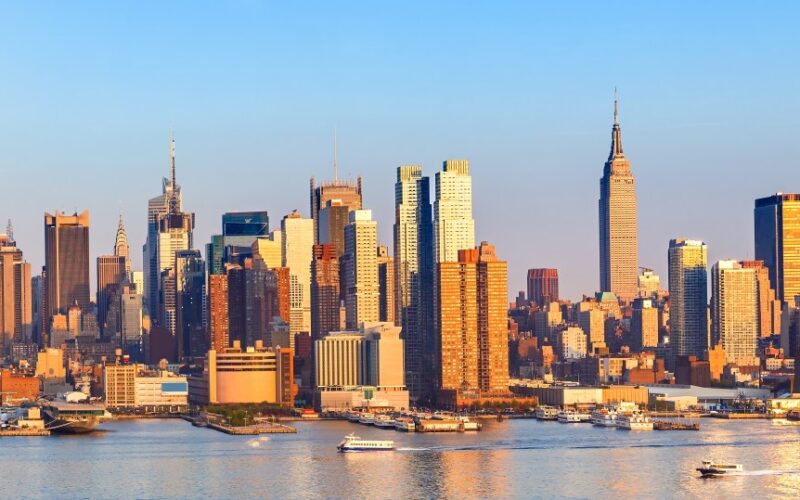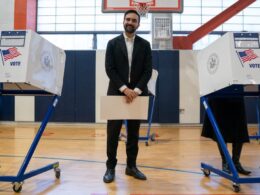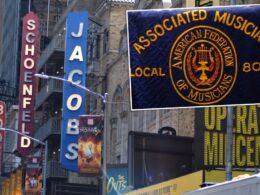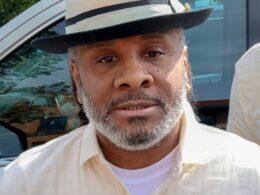When was the last time it felt like New York City was headed in the right direction? As federal funding for housing, schools, and food security gets cut, New York’s leaders are facing crises of their own: budget cuts, investigations, and rising public frustration. Just about every New Yorker you talk to has a story about something on their block, in their neighborhood, in their borough not working.
In the last year alone, we’ve seen libraries threatened with closures, dozens of neighborhood programs like composting and after-school activities cut, and Community Boards scrambling to fill gaps. Even small joys like open playgrounds, functioning subway stations, or reliable trash pickup feel fragile. It’s no wonder the refrain you hear on the subway or in the bodega line is that “the city’s falling apart.”
It is so easy to feel like New York is broken. But what I see every day in my work tells a very different story.
At the Citizens Committee for New York City (CitizensNYC), we fund and support hyperlocal leaders; neighbors, parents, educators, entrepreneurs, and volunteers who are quietly, powerfully building a better city from the ground up. They’re the ones responding to crises before they make the headlines. They’re leading food distributions in NYCHA complexes, transforming empty lots into gardens, organizing block cleanups, launching mutual aid networks, and building after-school programs.
They don’t wait for the government to solve their problems. They get to work.
This kind of community-based problem solving isn’t new. For 50 years, we’ve supported neighbors as the first line of response and the first spark of change, awarding tens of millions in microgrants to the people who know their communities best. From the 1970s fiscal crisis, to 9/11, to Hurricane Sandy, to COVID, New Yorkers have always relied on neighborhood leadership to step in when institutions fell short. That tradition is still alive and thriving today.
Take Jardin La Roca, a community garden in the Bronx where neighbors turned a vacant lot into a source of fresh food and connection. Their year-round chicken coop now provides free eggs to families who can’t always afford them, and the garden doubles as a gathering space that serves as a classroom, a library, a pantry, and a safe place for children after school.
In Southeast Queens, families in Springfield Gardens and Laurelton have lived for decades with flooded basements and pumps running day and night. The Southeast Queens Residents Environmental Justice Coalition, backed by a CitizensNYC grant, is tackling the crisis in an innovative way, planting water-absorbing trees like poplars and willows to manage groundwater.
Residents themselves are choosing the sites, caring for the trees, and tracking the results. As coalition founder Andrea Scarborough put it: “This is about more than water. It’s about people taking ownership of their environment and coming together to fix what’s been broken for too long.”
And in Canarsie, the Third Space Initiative is transforming a busy commercial corridor into a hub for art, wellness, and youth organizing. With a modest microgrant, they’re reimagining public space as a place for creativity and safety, led by and for the community.
These aren’t one-off feel-good stories. They’re blueprints for what works, and proof the best ideas come from the ground up.
We’re not the only ones who believe this. When COVID shut the city down, local government turned to CitizensNYC and organizations like ours to help respond quickly and equitably. We knew the neighborhoods, we had the relationships, and we could get funding into the hands of the people doing the work faster and with fewer strings attached than traditional systems ever could.
That’s the model we need more of right now. As federal support for community organizations vanishes, we need to double down on investing in neighborhood leadership. Not just because it’s the right thing to do, but because it works.
That means philanthropy that commits to funding neighborhood leaders year after year. It means government that treats community groups as true partners. And it means New Yorkers — readers like you — recognizing that when you support your block, you’re investing in the city’s future as surely as if you were building a new skyscraper.
Because here’s the truth: the city won’t be saved by a single policy or budget move. It’ll be saved the way it always has been: by neighbors who refuse to give up.
The city isn’t broken. But the solutions won’t just come from City Hall. They’ll come from your block.
Shapiro is CEO of the Citizens Committee for New York City.








